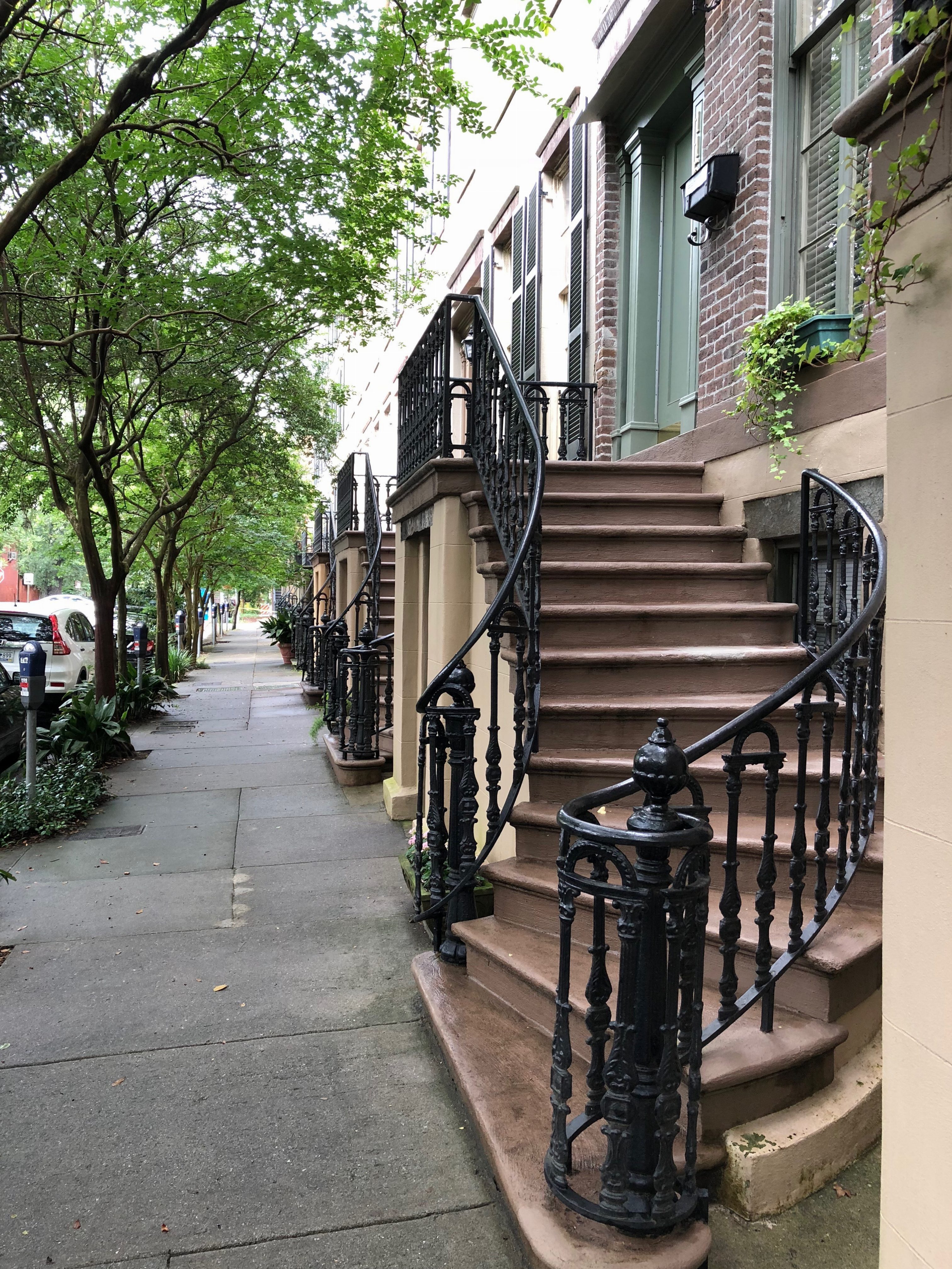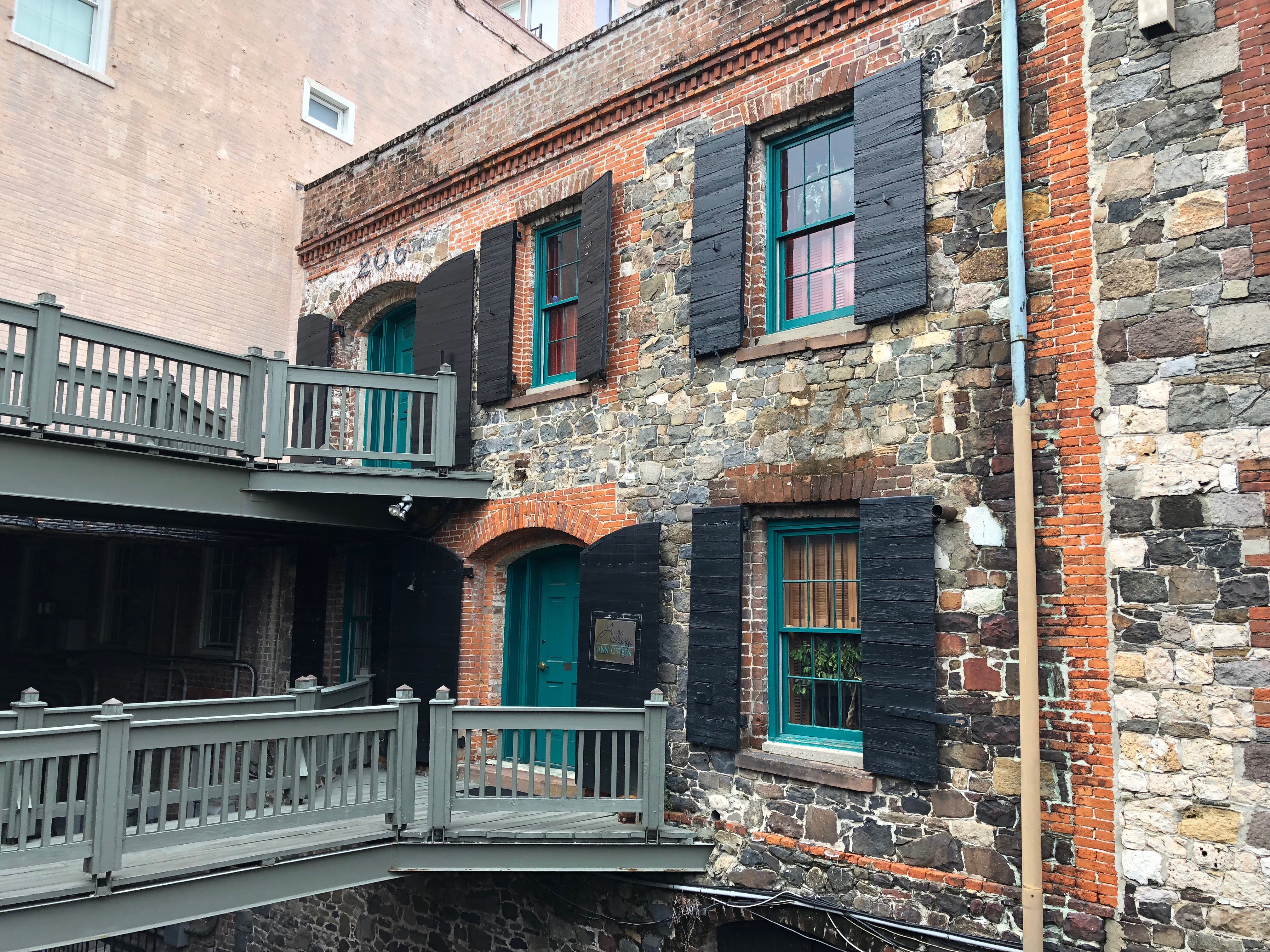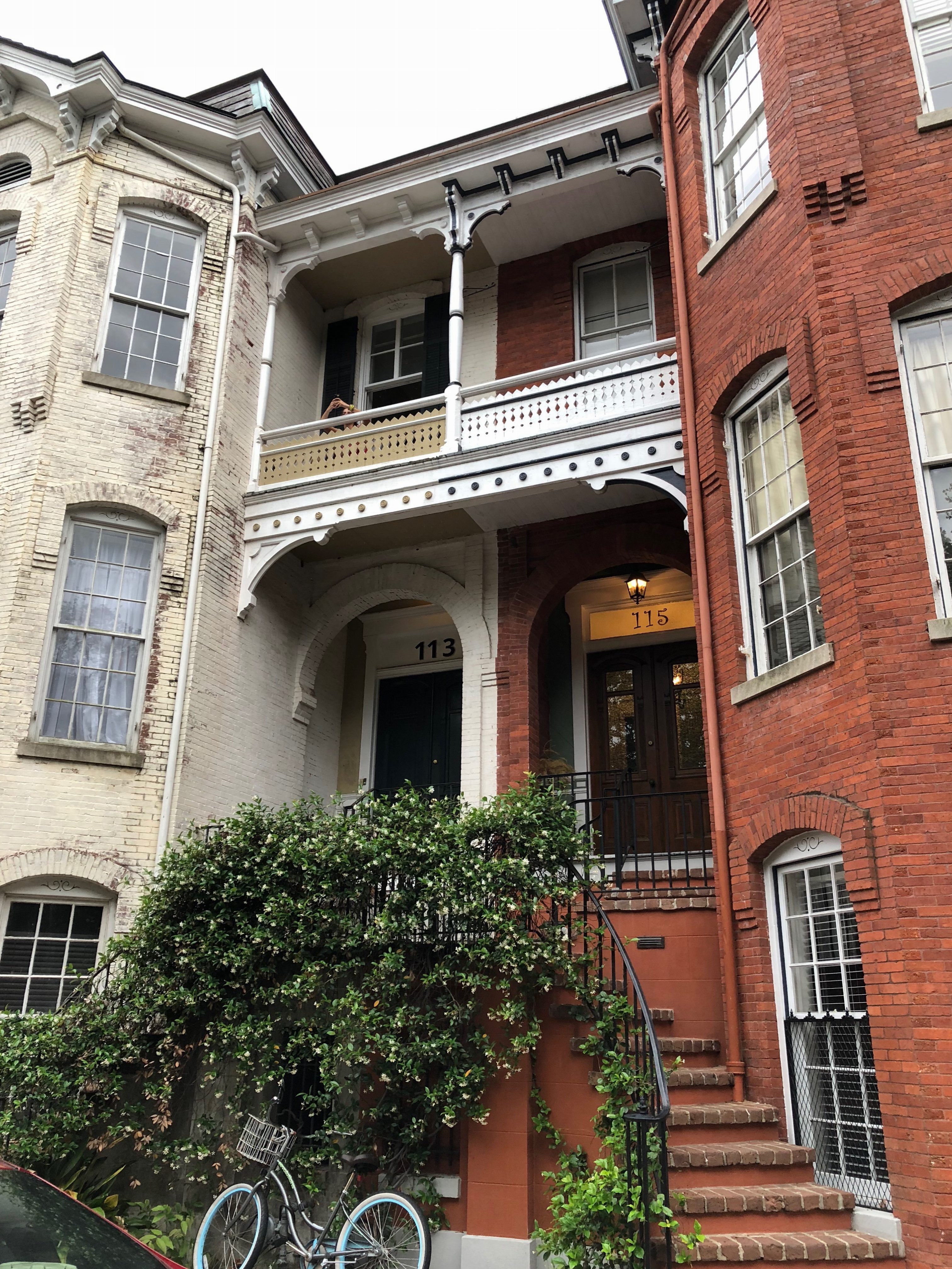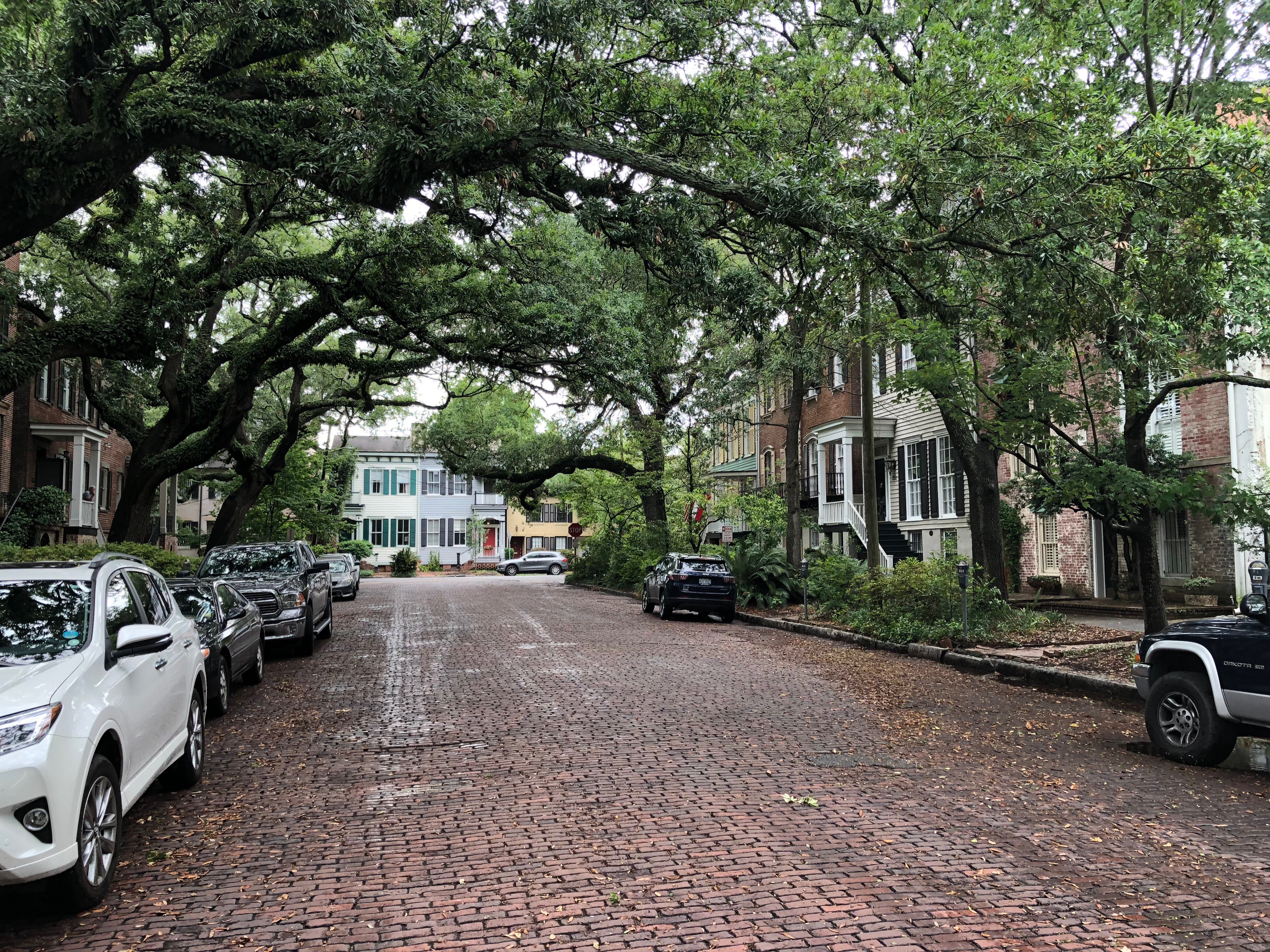WPA 2023 Summer Internship Opportunity
WPA Summer Internship — Scholarship Program for Diversity Advancement
WPA is accepting applications for summer of 2023 Diversity Advancement Internship & Scholarship.
WPA Summer Internship — Scholarship Program for Diversity Advancement
WPA is accepting applications for summer of 2023 Diversity Advancement Internship & Scholarship.

The community tradition of Fuse Fest is back in the Church Street Area of Norfolk. Click here to learn more about the event and how you can get involved. Call 757-747-2679 for more information.
Elizabeth River Project’s new Resilience Lab is making headlines.
Check out the new video by the City of Norfolk on the OpenNorfolk Neighborhood Spots!
The Elizabeth River Project is taking up position on the frontlines of the international quest to combat impacts of sea level rise on urban waterfront communities. WPA is proud to be designing the first facility on the East Coast intentionally to be constructed as a resilience model in the urban flood plain.
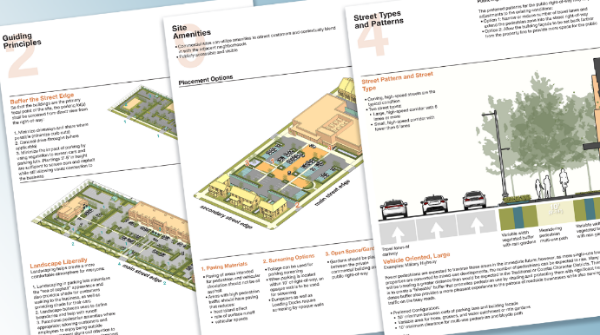
Venue
Slover Library
235 E Plume Street
Community Engagement Room: 6th Floor
Norfolk, VA 23510
|
REGISTER NOW: The Future of Development According to the New Norfolk Commercial & Mixed-Use Pattern Book
Please join WPA at the AIA National Conference on Architecture 2019! In Support of the AIA Small Firm Exchange, we are organizing two workshops with guest presenters Enoch Sears (the Business of Architecture Podcast) and Scott Beebe (My Business on Purpose):
WE101 – The Business of Architecture: Tools for a Profitable Practice (B-School)
8AM-12PM
WE301 – The Marketing of Architecture: Tools for Winning Great Projects (B-School)
1PM-5PM

Click HERE for Podcast
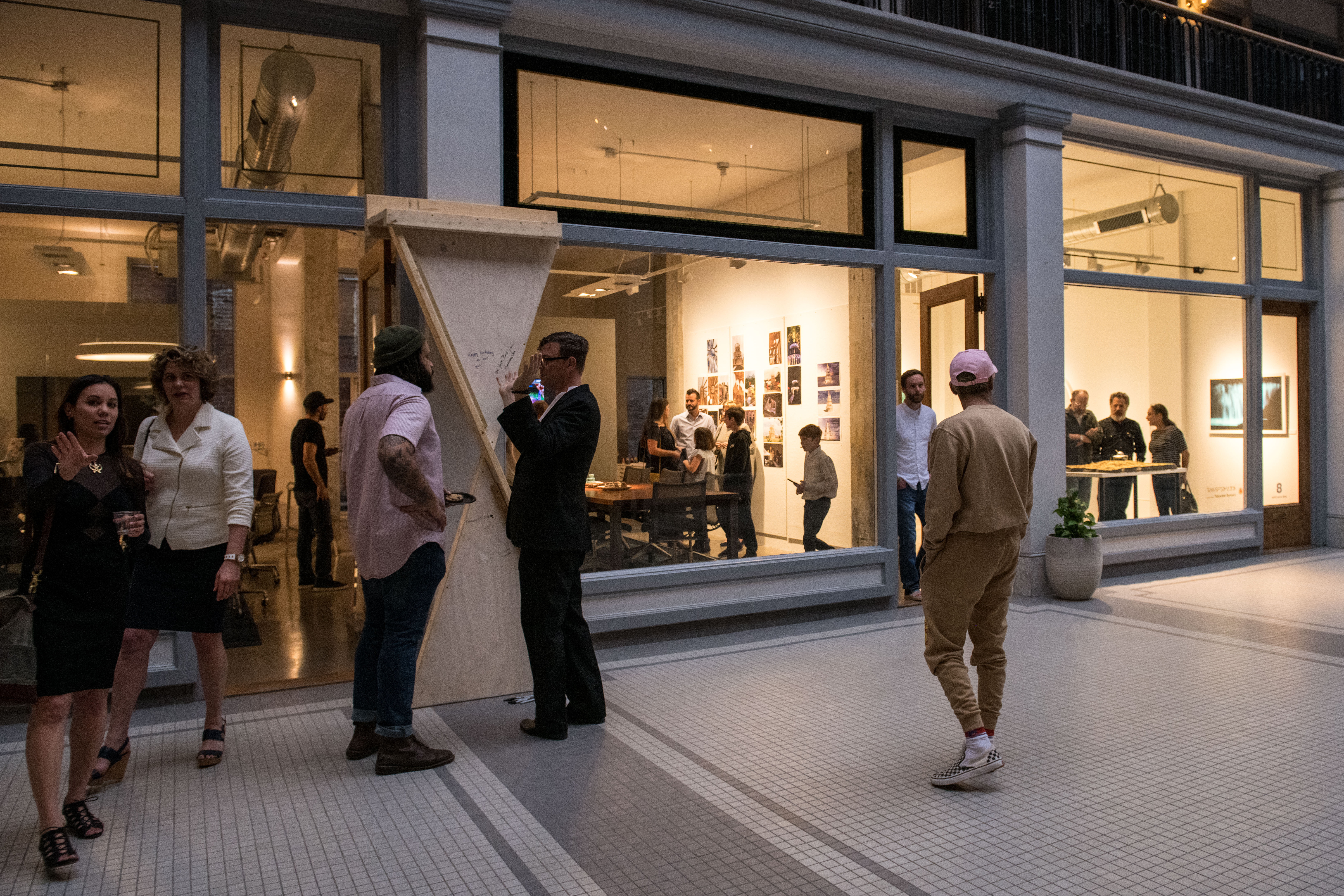
Thank you to all of the artists and guest for a fantastic opening of TRANSFORMATION.
The exhibition will be on display until May 24th at the WPA Gallery. The gallery is located in the historic Monticello Arcade at 208 E Plume Street, Norfolk, VA.
#transformation
#burningman
#tidewaterburners

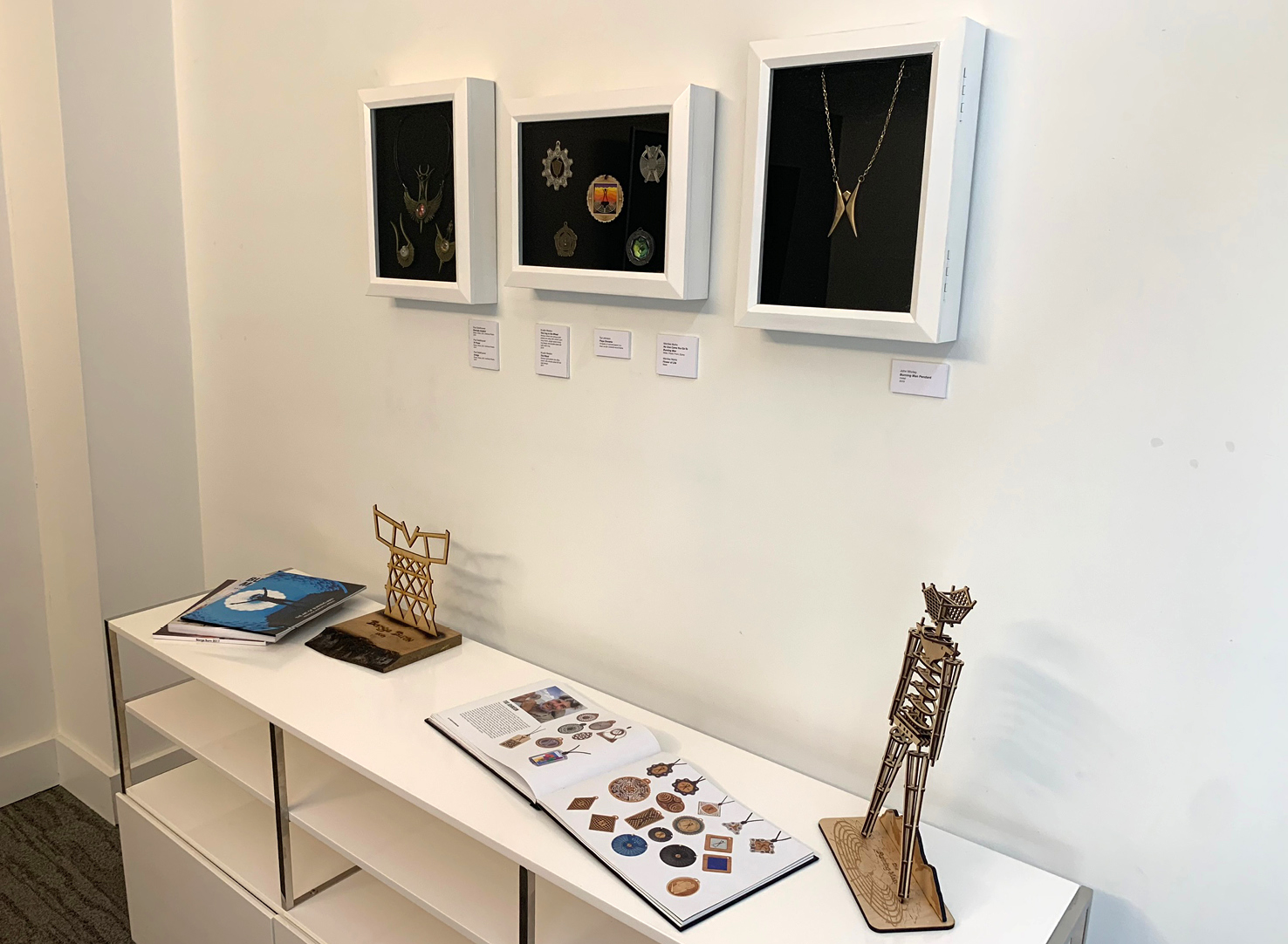
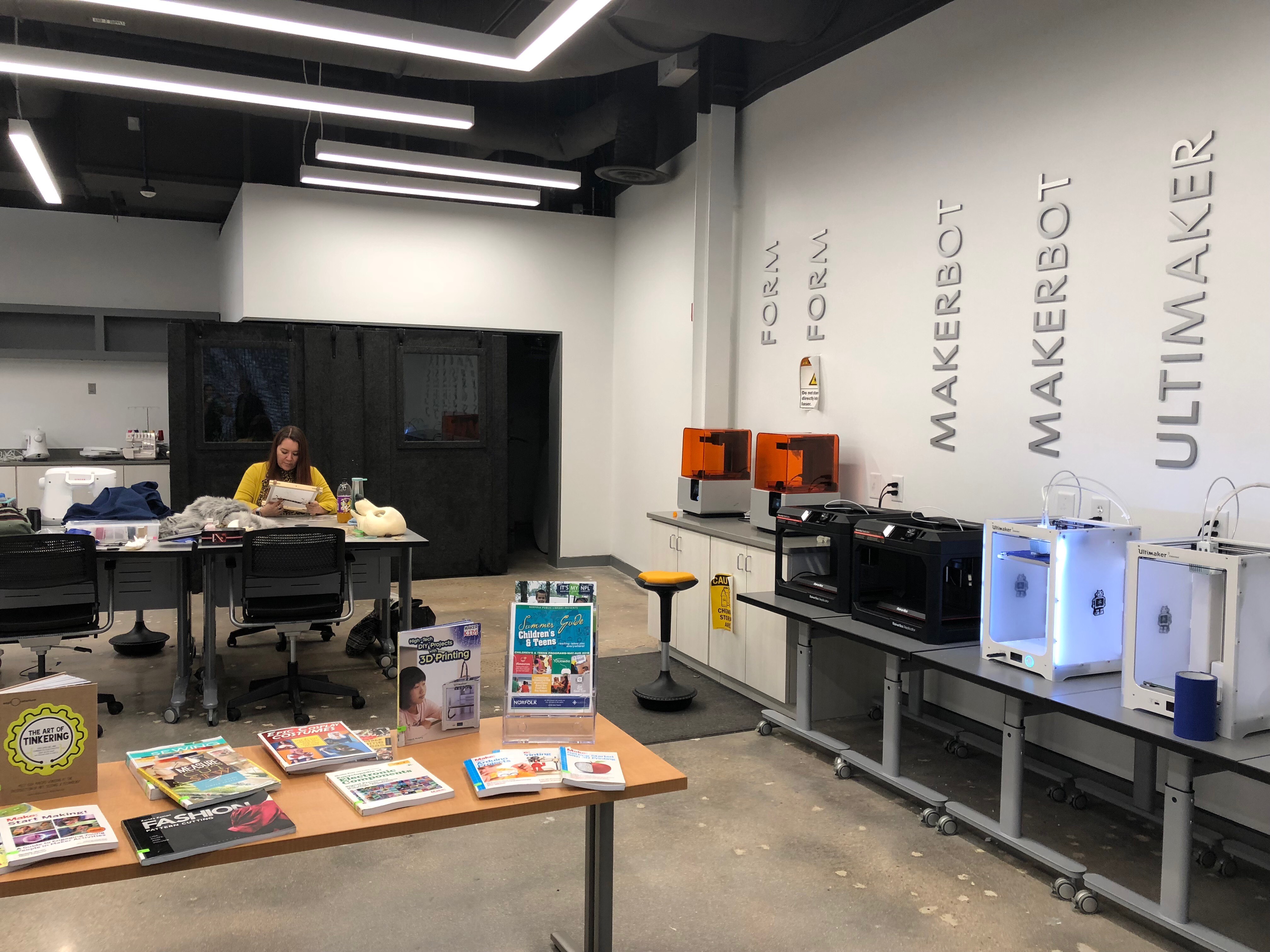
A ribbon cutting on August 30th will realize the last piece of an exciting concept for downtown Norfolk’s Selden Market.
Already a vibrant place for up-and-coming entrepreneurs to develop and test new ideas in retail, food and art, the historic space once known as the Selden Arcade now boasts the Slover Makerspace, where anyone with a Norfolk library card can manufacture dreams. The space is outfitted with eight 3D printers, a 75-watt laser cutter, 17 Singer sewing machines and several soldering stations. The Makerspace is adjacent to Slover Library.
WPA congratulates the Slover on the space. We are excited and proud to have been a part of the process to design this place for new imaginings!
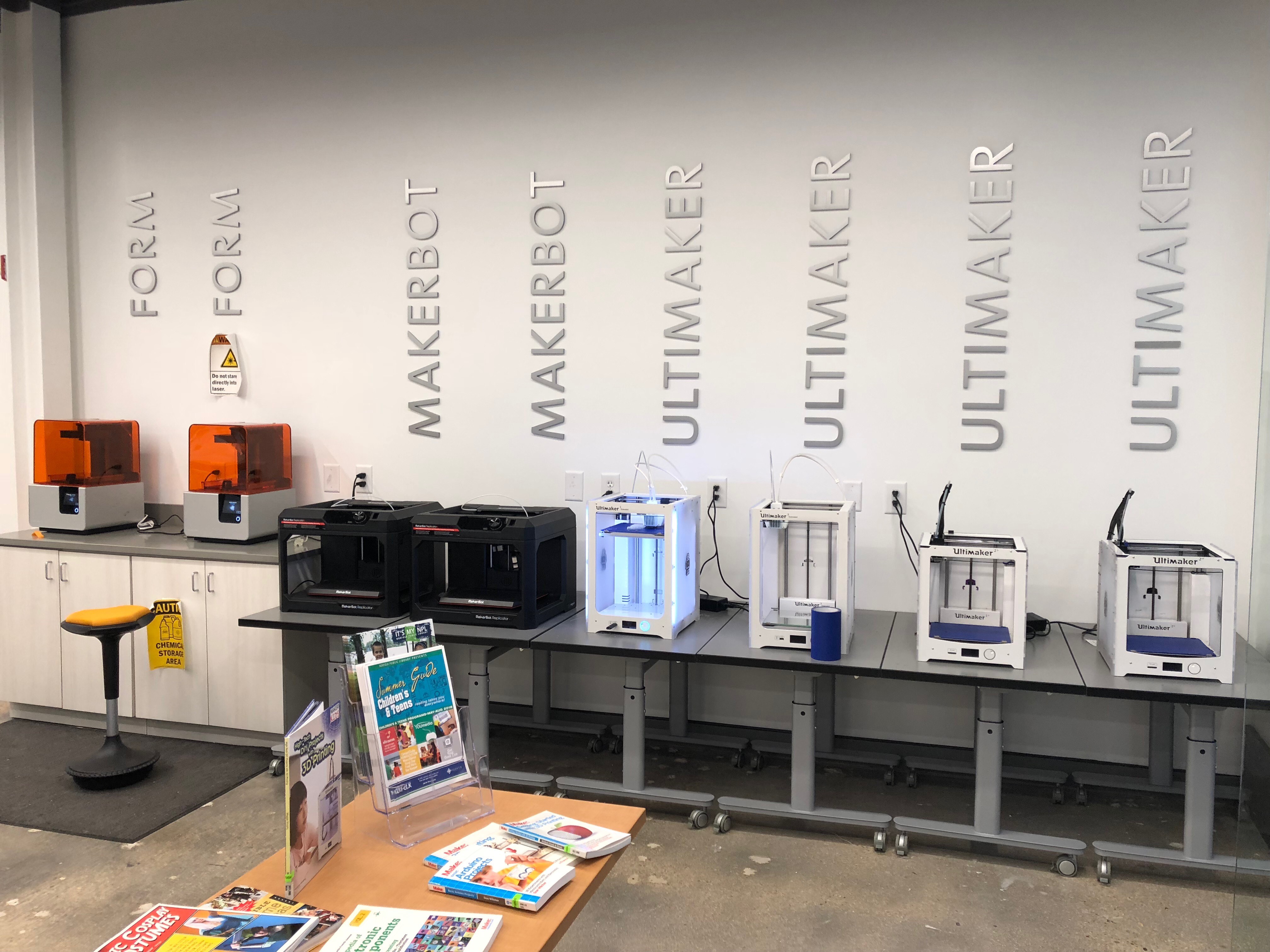
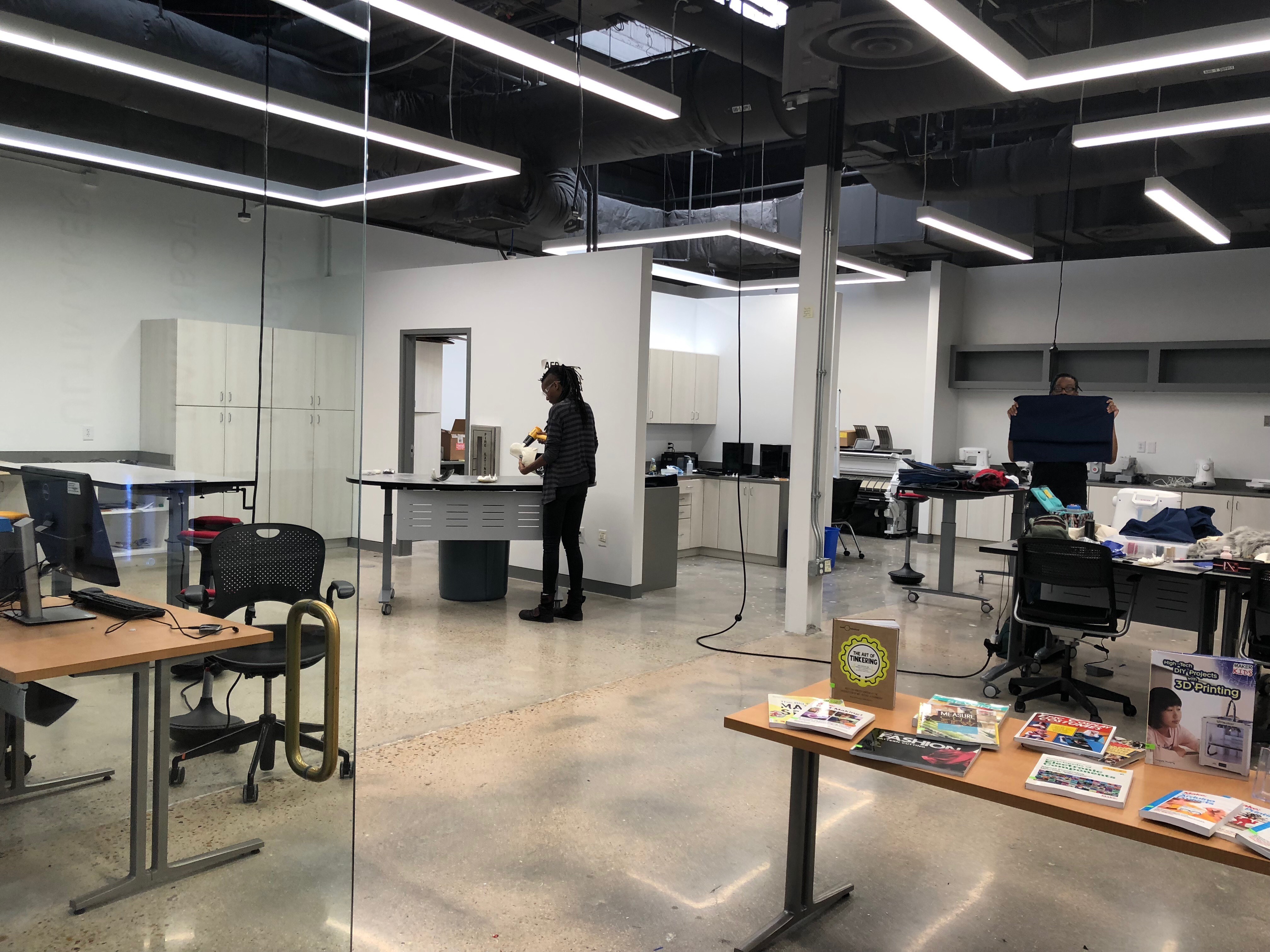
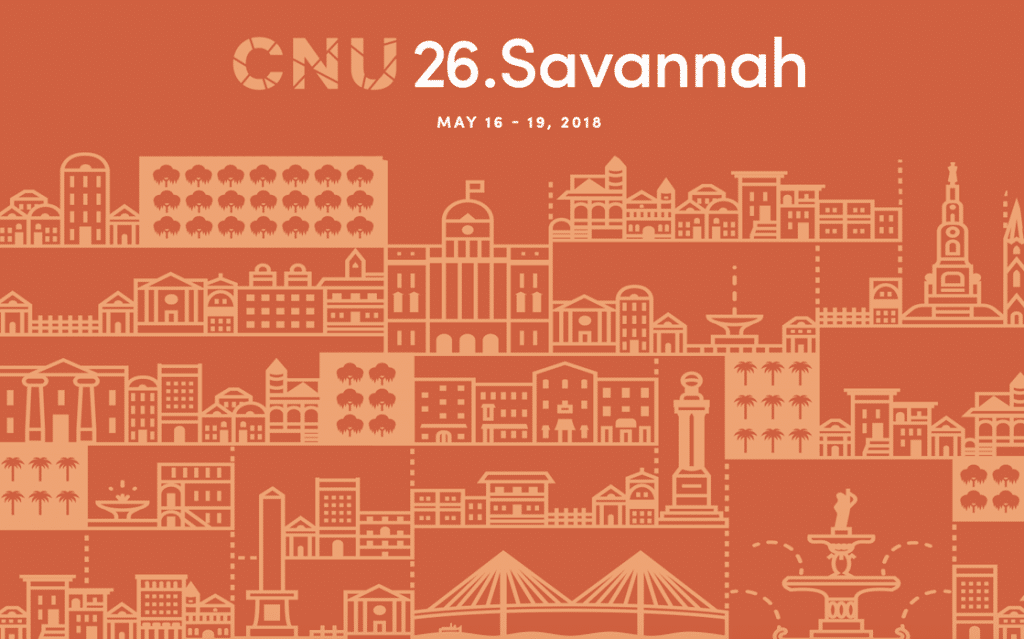
Sometimes we are so focused on our own practices and communities that we don’t stop to think that there may be worthwhile messages to share with others.
Practitioners who traveled to CNU 26: Savannah (Congress of the New Urbanism) in May learned about Norfolk’s Vision 2100. A multi-disciplinary team led and in-depth discussion on efforts to address sea-level rise and resilience to protect the city’s sweeping tidal landscape from recurrent flooding. The Ohio creek Watershed project, funded by a grant as a result of the National Disaster Resilience Competition, was featured. Presenters included Stephanie Bothwell, Urban and Landscape Design, Washington, D.C., Ann P. Stokes, Ann P. Stokes Landscape Architects, Norfolk, and WPA’s Mel Price.
WPA then headed to New York City for the AIA National Convention, June 21-23. WPA helped make eight videos for the Small Firm Exchange, dealing with such issues as attracting and retaining talent.
